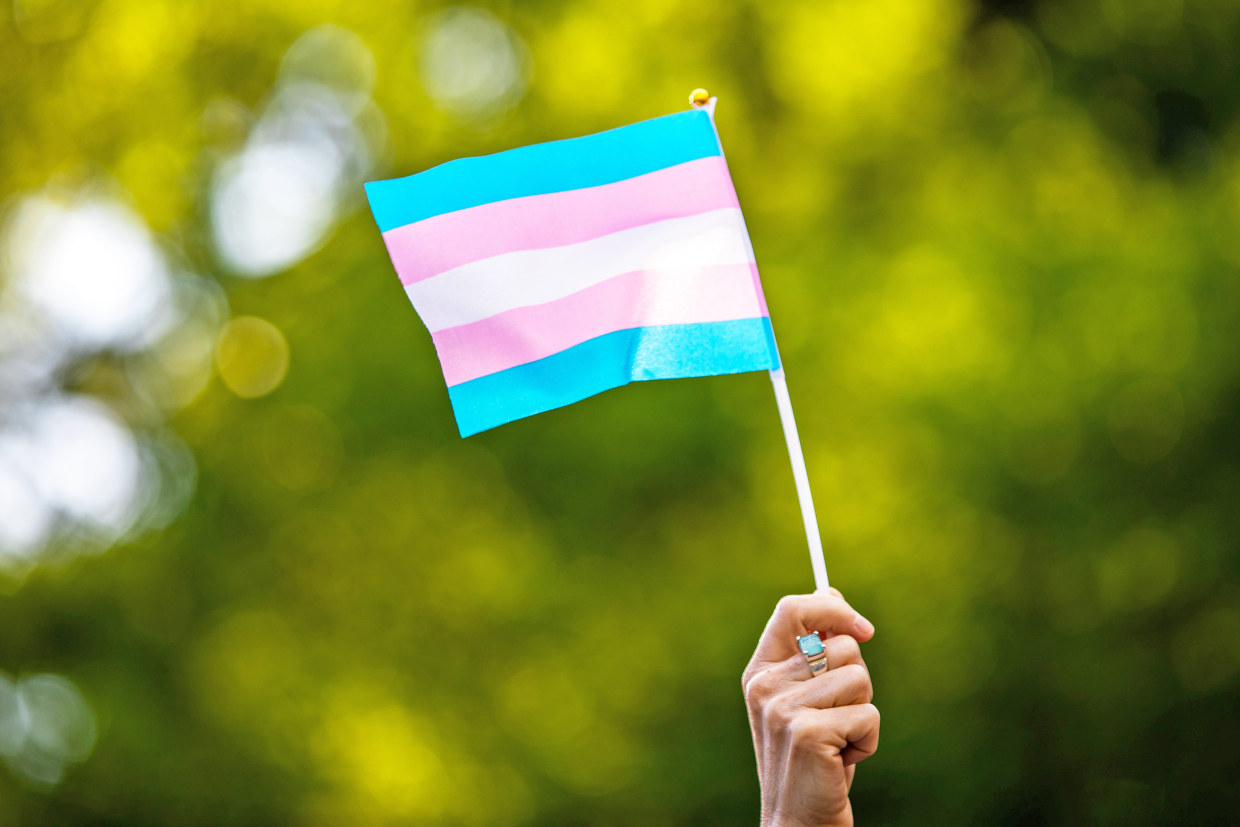Autism spectrum disorder is becoming increasingly common, with more children receiving diagnoses each year, yet this rise signals growing awareness rather than a cause for alarm. Understanding autism requires recognizing both its challenges and the unique perspectives autistic individuals bring to society.
A deeper dive into the prevalence of autism
Fresh statistics from the Centers for Disease Control and Prevention (CDC) reveal that one in every 31 American children receives an autism spectrum disorder (ASD) diagnosis by their eighth birthday, a notable jump from the 2023 figure of one in 36. This consistent upward trend in diagnoses signifies not only enhanced understanding and diagnostic methodologies but also a wider societal acceptance of neurodiversity. As both a researcher and someone personally diagnosed with Asperger’s syndrome, I have directly observed the convergence of these figures with individual journeys and communal viewpoints.
Autism spectrum disorder manifests uniquely in each person, generally impacting their social interaction, communication abilities, and behavioral traits. Several decades ago, autism was thought to be uncommon, with figures suggesting it affected as few as 1 in 500 children. Nevertheless, initial research from the late 1990s, including studies carried out in New Jersey, indicated greater prevalence rates, closer to 1 in 150 children. The creation of the Autism and Developmental Disabilities Monitoring Network by the CDC in 2000 enabled national surveillance, verifying that autism was considerably more widespread than previously understood.
Geographical and population characteristics impact the rates of occurrence. For example, California indicates roughly 1 in 19 children are affected by autism, while Texas shows a range from 1 in 51 to 1 in 103. In Arizona, the incidence closely matches the national average, standing at approximately 1 in 32. Although males continue to receive diagnoses more often than females, the disparity between genders has decreased, indicating a better understanding of how autism presents uniquely in each sex.
From initial diagnosis to community integration
The rise in autism diagnoses should not be interpreted solely as a negative trend. Many children with autism participate fully in school, sports, and social activities, with research indicating that a majority aspire to attend college and lead productive lives. These outcomes highlight the importance of understanding autism not merely as a set of challenges but as a spectrum of diverse capabilities and potential.
The evolution of diagnostic standards has broadened the scope of autism’s definition, facilitating earlier and more precise recognition across a diverse spectrum of behaviors. Concurrently, growing societal understanding has fostered an atmosphere where individuals on the autism spectrum are more prominent and integrated, both in media depictions and in daily communal interactions. Autistic characters frequently take on leading roles in movies and TV shows, offering viewers authentic and inspiring representations that dismantle antiquated preconceptions.
The value of autistic perspectives
People on the autism spectrum offer distinct perspectives and talents that enhance professional environments, social groups, and artistic pursuits. The capacity to discern recurring themes, conceptualize novel ideas, and tackle challenges from unconventional viewpoints has characterized numerous accomplished individuals with autism. For instance, Temple Grandin’s autism shaped her groundbreaking contributions to animal behavior, and Dan Aykroyd attributes his Asperger’s syndrome to fueling imaginative ventures like the movie “Ghostbusters.” These instances highlight how neurological diversity can foster both cultural and scientific advancements.
Acknowledging these advantages additionally guides policy formulation and urban development. Initiatives crafted to cater to varied requirements—like adaptable employment schedules, specialized academic assistance, and focused career development—empower autistic people to flourish in occupational and social contexts. Municipalities that secure autism accreditation demonstrate how local government efforts can foster sensory-aware, welcoming surroundings, guaranteeing wider availability of medical services, schooling, and leisure pursuits. Mesa, Arizona, for example, obtained this recognition in 2019, acting as an exemplar for other cities striving to assist their autistic inhabitants.
Fostering diverse communities
The growing awareness of autism presents a chance to transform public perceptions and foundational structures. Educational frameworks need to evolve to support an increasing population of students with developmental variations, integrating specific training for educators and customized classroom adjustments. Similarly, healthcare professionals can adopt methods that address the requirements of autistic individuals, focusing on dialogue, empathy, and personalized treatment.
Workplace integration represents another vital domain. Initiatives focused on recruiting, educating, and keeping employees with disabilities, coupled with adjustments like telecommuting, foster financial independence and societal engagement. By attending to the complete range of requirements—spanning from schooling to careers to autonomous existence—society can foster settings where individuals on the autism spectrum thrive alongside their neurotypical counterparts.
Shifting perspectives on autism
Ultimately, the growing incidence of autism signifies more than just a statistical pattern; it mirrors heightened recognition, comprehension, and embrace. Autistic people, with their unique cognitive styles, provide significant contributions that enrich societies and question traditional methods of addressing issues. Perceiving autism from this perspective fosters a more welcoming and vibrant community, where variations are honored instead of being disparaged.
As individuals with autism mature into adulthood, it becomes crucial for decision-makers, educators, employers, and community figures to consistently develop frameworks that foster enduring involvement and achievement. The increasing awareness and recognition of autism encourage society to leverage the unique abilities of neurodiverse populations, guaranteeing that all people have the chance to contribute significantly to every facet of existence. Through cultivating acceptance and adapting to variations, we can establish dynamic, welcoming communities where the capabilities of each person are acknowledged and appreciated.
The developing comprehension of autism—its difficulties, strengths, and social ramifications—illustrates that neurodiversity is not a cause for apprehension but a potent driver for creativity, compassion, and communal advancement. Acknowledging the input of autistic people is crucial for constructing a world where every viewpoint can thrive.



